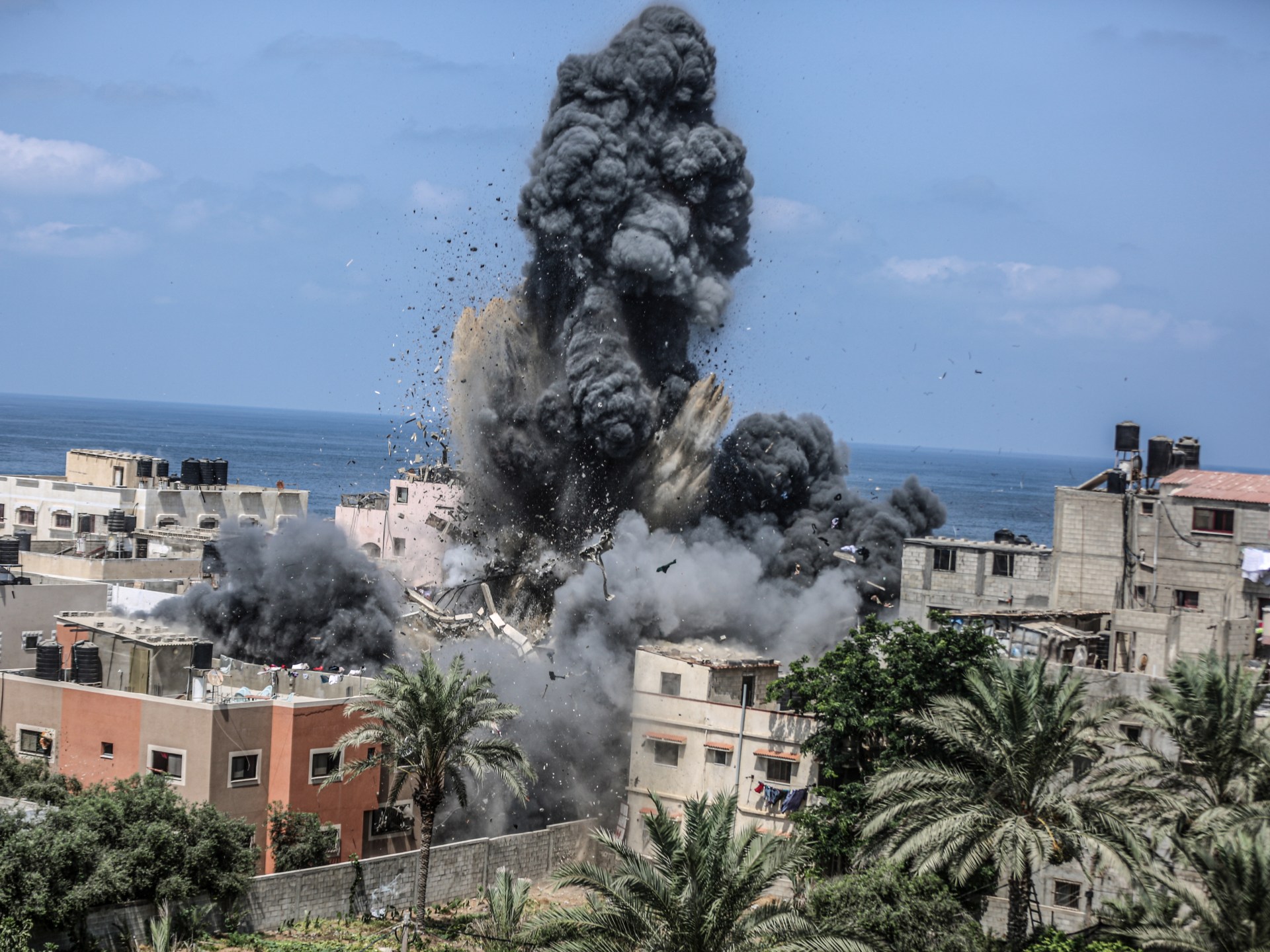Sombrero: Netanyahu prefers a complete victory over the release of detainees (Anatolia)
The Spanish newspaper "Confidencial" published a report confirming that there are five obstacles preventing the Islamic Resistance Movement (Hamas) and Israel from reaching a ceasefire agreement.
The report's author, Ignacio Sombrero, noted before listing the five obstacles that the indirect negotiations between the two sides did not stop, despite Israeli Prime Minister Benjamin Netanyahu's description of them as "fictitious."
He also pointed out that these negotiations are continuing via electronic means through mediators from Egypt, the United States and Qatar, saying that more than four months after the start of the Israeli war on the Gaza Strip, Israel has not yet fully achieved its goals and it does not appear that it will achieve them.
He explained that the proposed agreement prepared in Paris stipulates, at a minimum, a humanitarian truce in three stages, the first period starting for three weeks and lasting in total for 135 days, during which a group of 132 Israeli prisoners will be released, in exchange for the release of hundreds of Palestinian prisoners.
The five obstacles
Below are the five obstacles mentioned by the writer and described as major obstacles:
The Israeli Cabinet believes that the number of people Hamas is demanding to be released from Israeli prisons, i.e. 1,500, is exaggerated.
Hamas wants these three series of humanitarian truces to lead to a final ceasefire. On the other hand, Netanyahu refuses to do so because he wants to have absolute freedom to resume the attack if he deems it necessary. Qatari and Egyptian mediators have told Hamas that when these truces end, international pressure will make it almost impossible for Tel Aviv to return to war.
Hamas demands that the Israeli army allow, in the first stage, free movement within Gaza, the return of one and a half million civilians to the devastated north, and finally their withdrawal from the entire Strip. But the Israeli government is only prepared to withdraw its army from major urban centers.
Hamas wants Israel to prevent the entry of settlers accompanied by the occupation forces into the so-called “Temple Mount” in Jerusalem, which effectively means storming the courtyards of the blessed Al-Aqsa Mosque, as the Israeli government allowed them to do these raids starting in 2003.
Hamas also demands that all Gaza borders be opened for humanitarian aid to enter before the Gaza Strip is reconstructed, which could take at least three years. For its part, Israel wants to impose its control over what enters Gaza by land to prevent the entry of weapons through the Rafah crossing with Egypt. In parallel, Tel Aviv and Cairo will have to agree on how the Israelis will be able to monitor the tunnels between the Sinai Peninsula and Gaza.
Erez crossing
The writer commented that it is possible to reopen the Erez crossing, which is the border crossing between Israel and the Gaza Strip, temporarily, but in any case the Palestinian labor force cannot return to work there.
Sombrero indicated that Netanyahu prefers to launch a major attack on Rafah and achieve complete victory over returning the hostages, which is the preferred option by the majority of his government, which consists of hard-line ministers, but not by public opinion, adding that an opinion poll published last week revealed that 51% of Israelis give priority to To rescue the hostages, while only 36% prefer eliminating Hamas.
The writer said that Netanyahu did not specify when the ground attack on Rafah should begin, and that Hamas's only reaction was to announce that any "large-scale military aggression" would put an immediate end to any negotiations.
Source: Spanish Confederation

